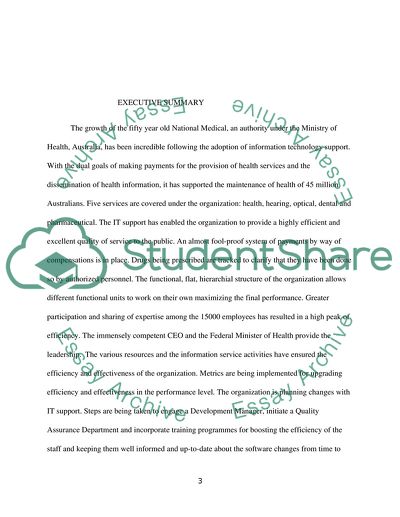Cite this document
(IT and IS in Organizations, Goals and Objectives Assignment, n.d.)
IT and IS in Organizations, Goals and Objectives Assignment. Retrieved from https://studentshare.org/information-technology/1757248-information-technology
IT and IS in Organizations, Goals and Objectives Assignment. Retrieved from https://studentshare.org/information-technology/1757248-information-technology
(IT and IS in Organizations, Goals and Objectives Assignment)
IT and IS in Organizations, Goals and Objectives Assignment. https://studentshare.org/information-technology/1757248-information-technology.
IT and IS in Organizations, Goals and Objectives Assignment. https://studentshare.org/information-technology/1757248-information-technology.
“IT and IS in Organizations, Goals and Objectives Assignment”, n.d. https://studentshare.org/information-technology/1757248-information-technology.


